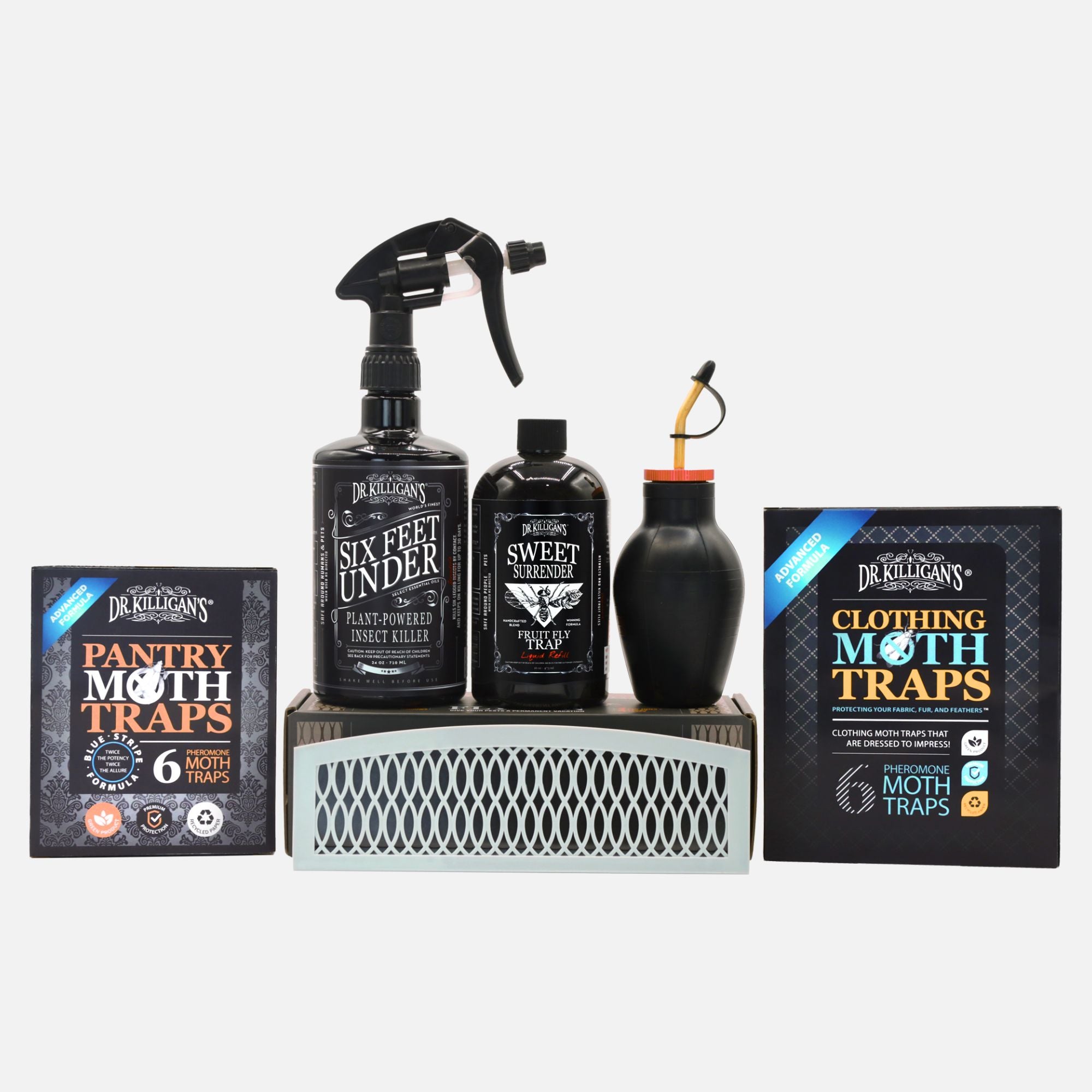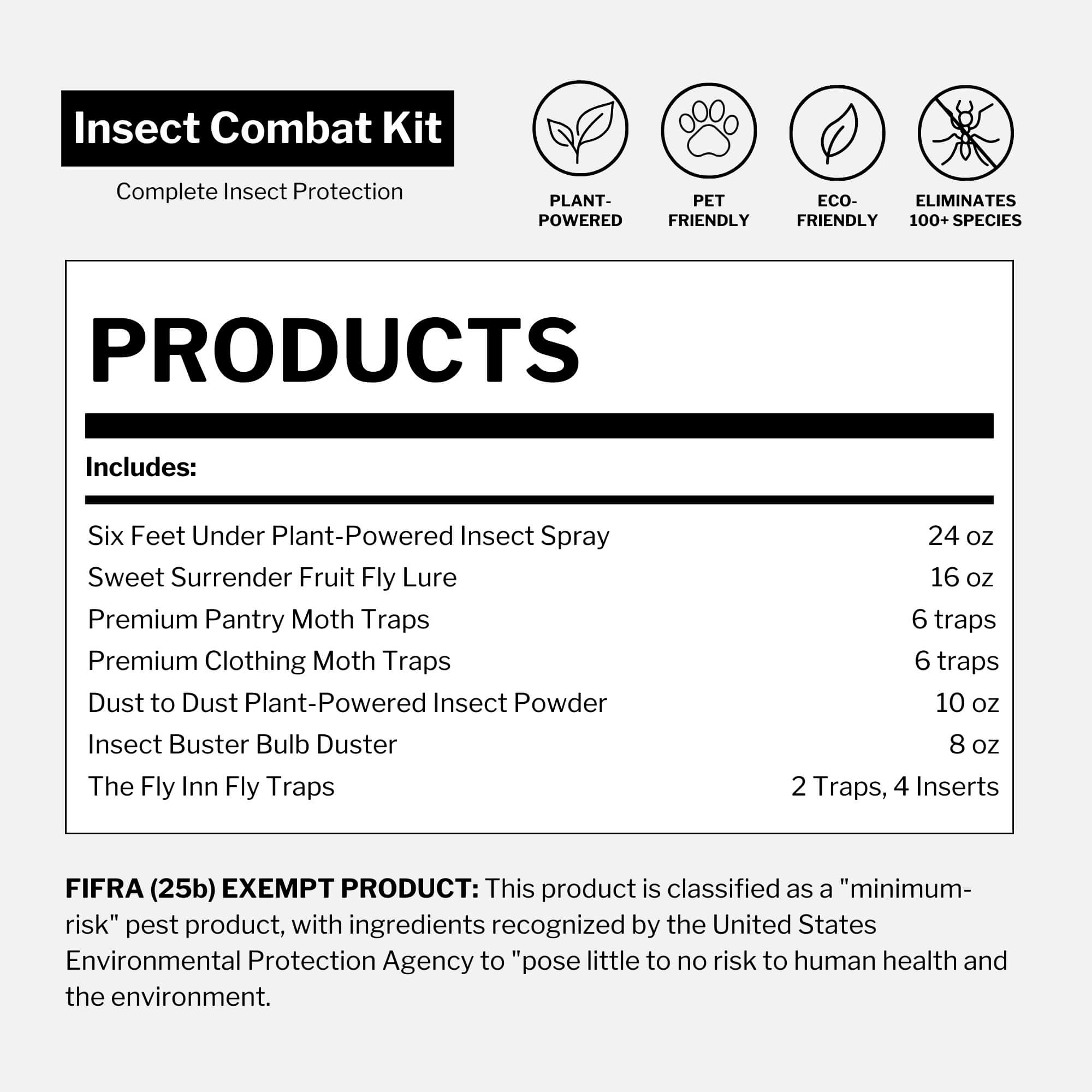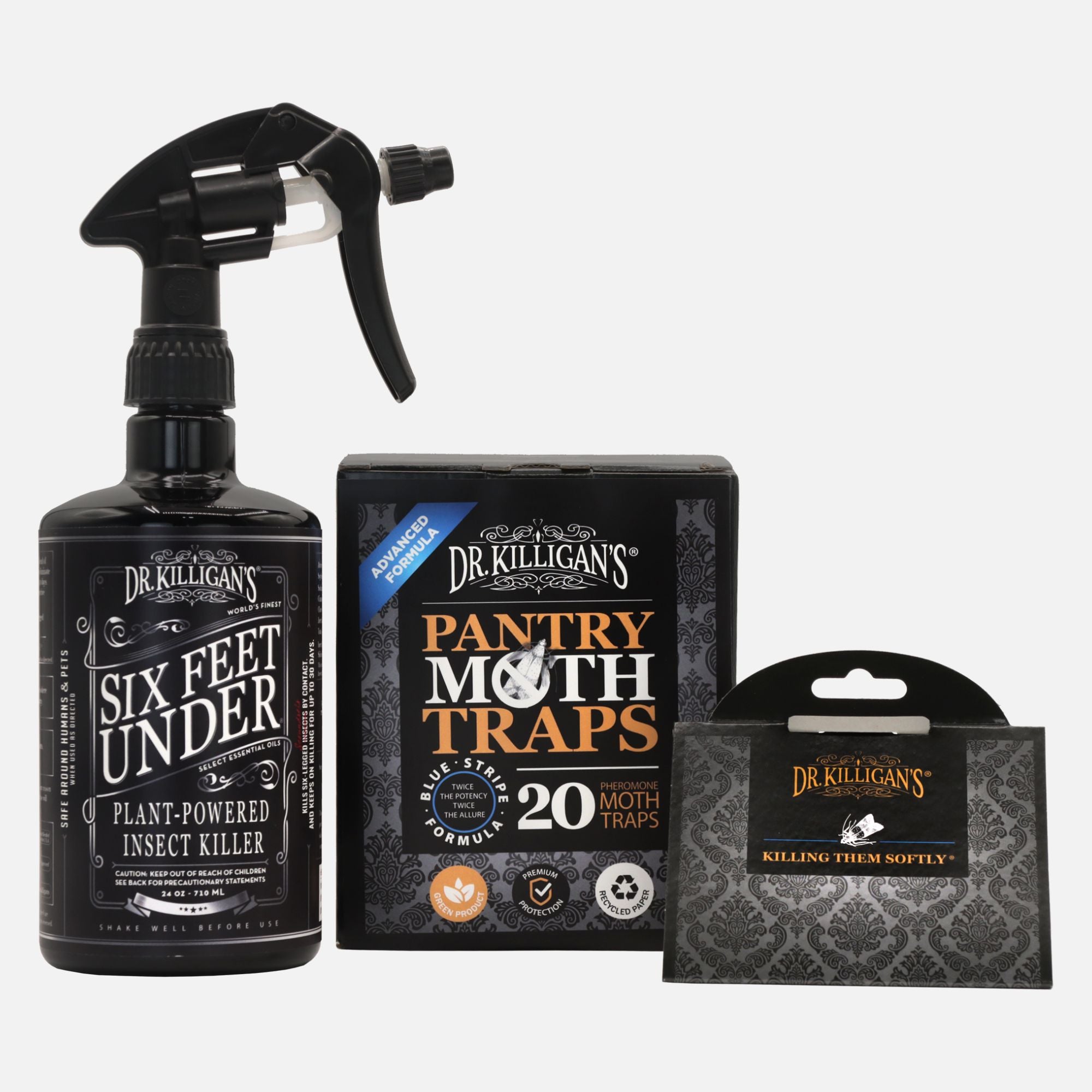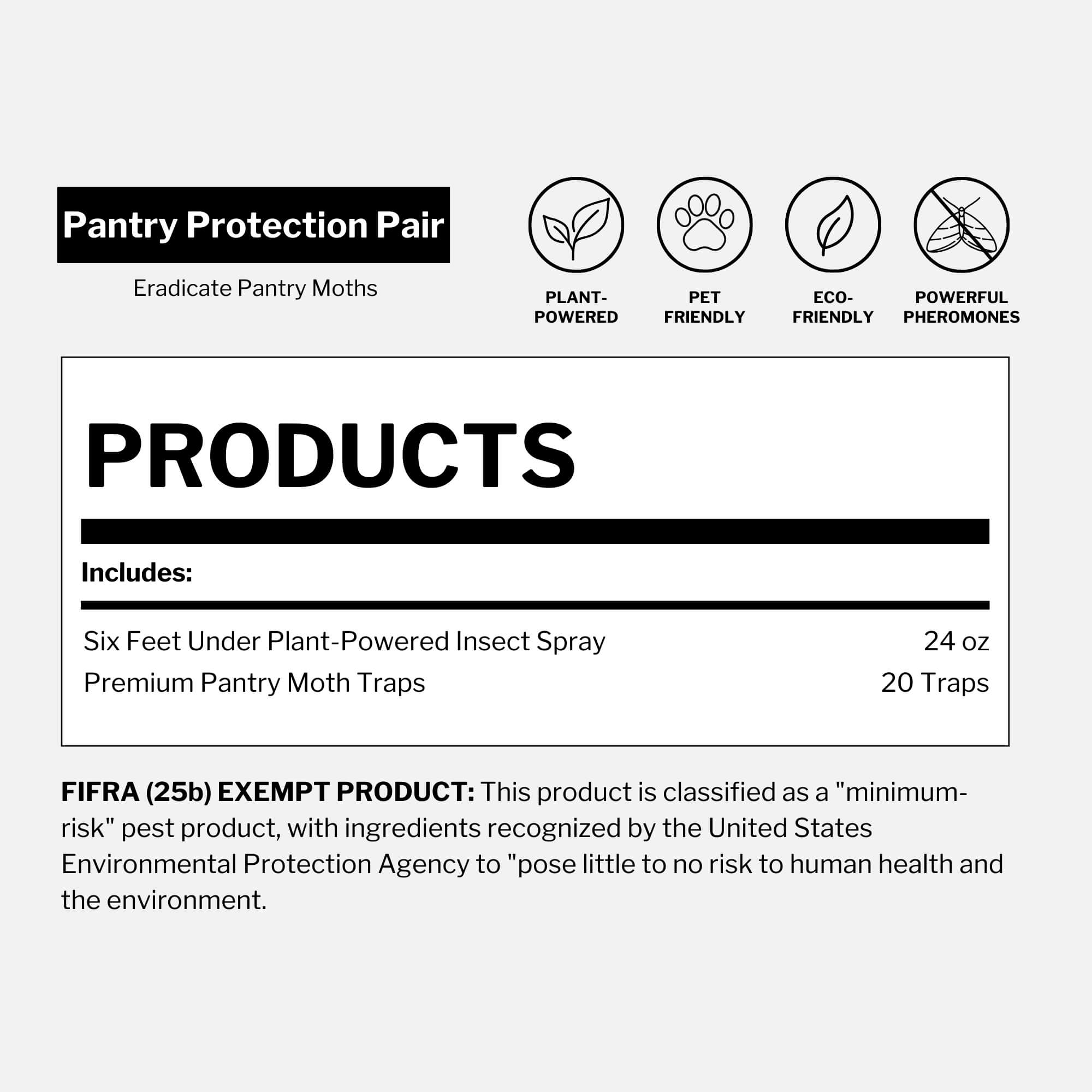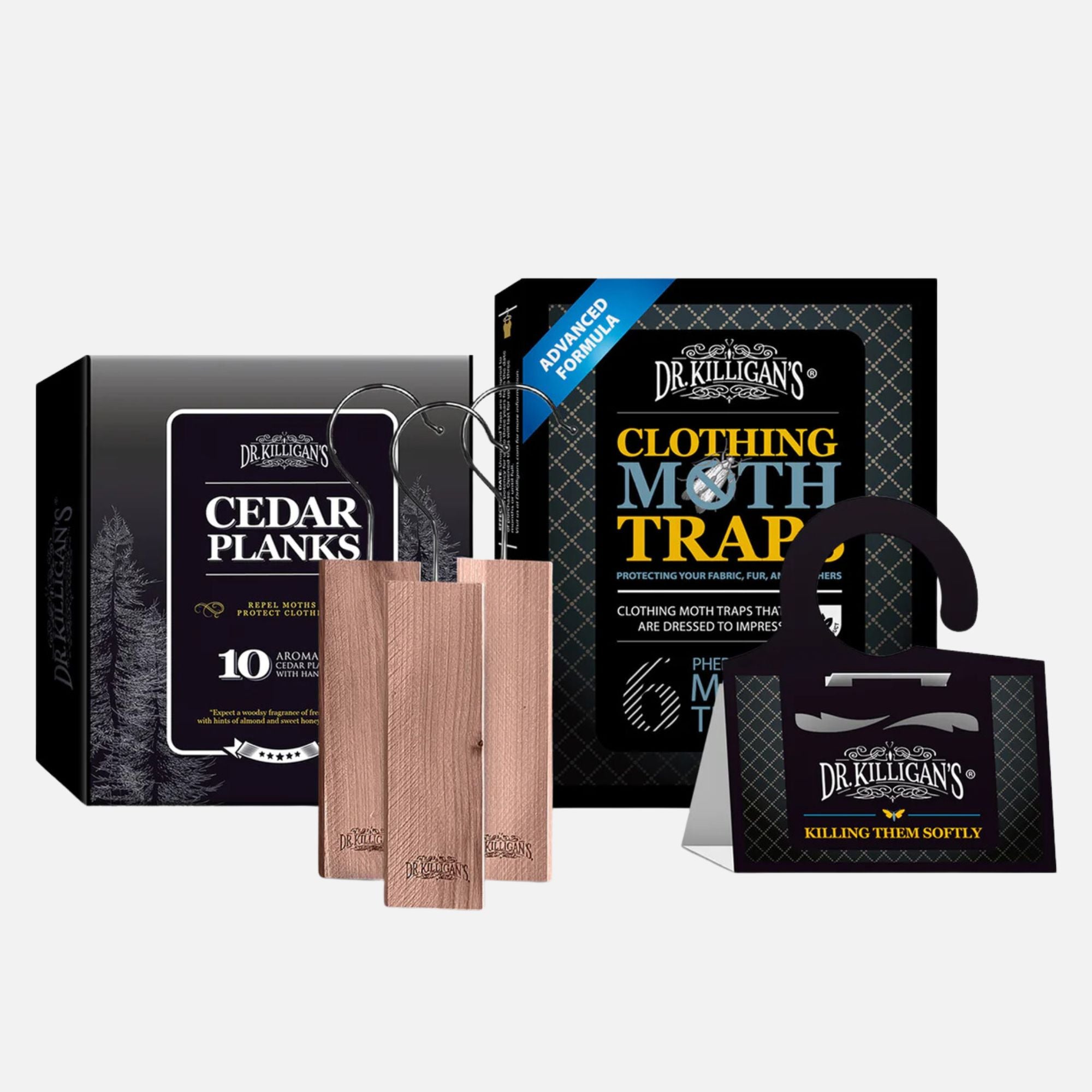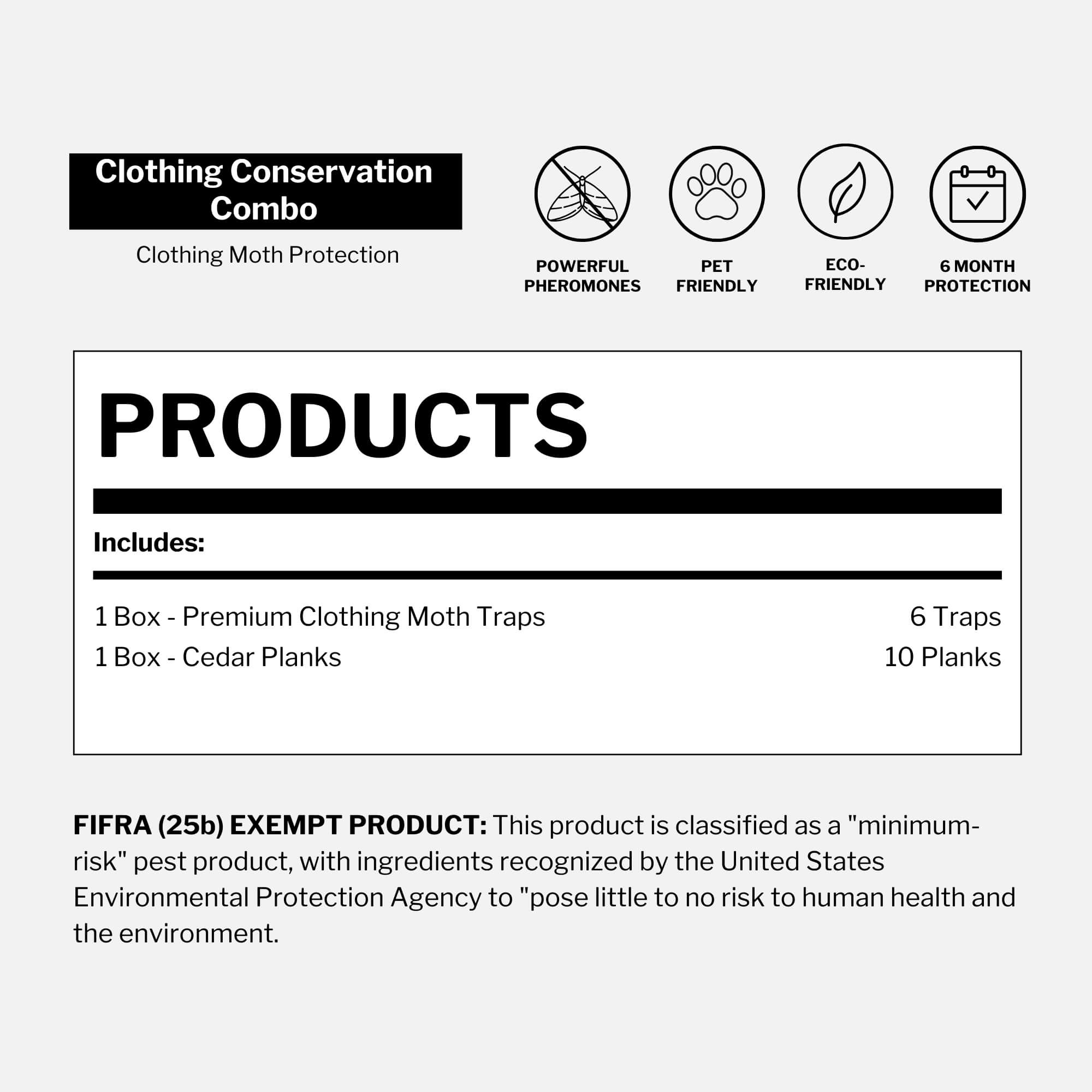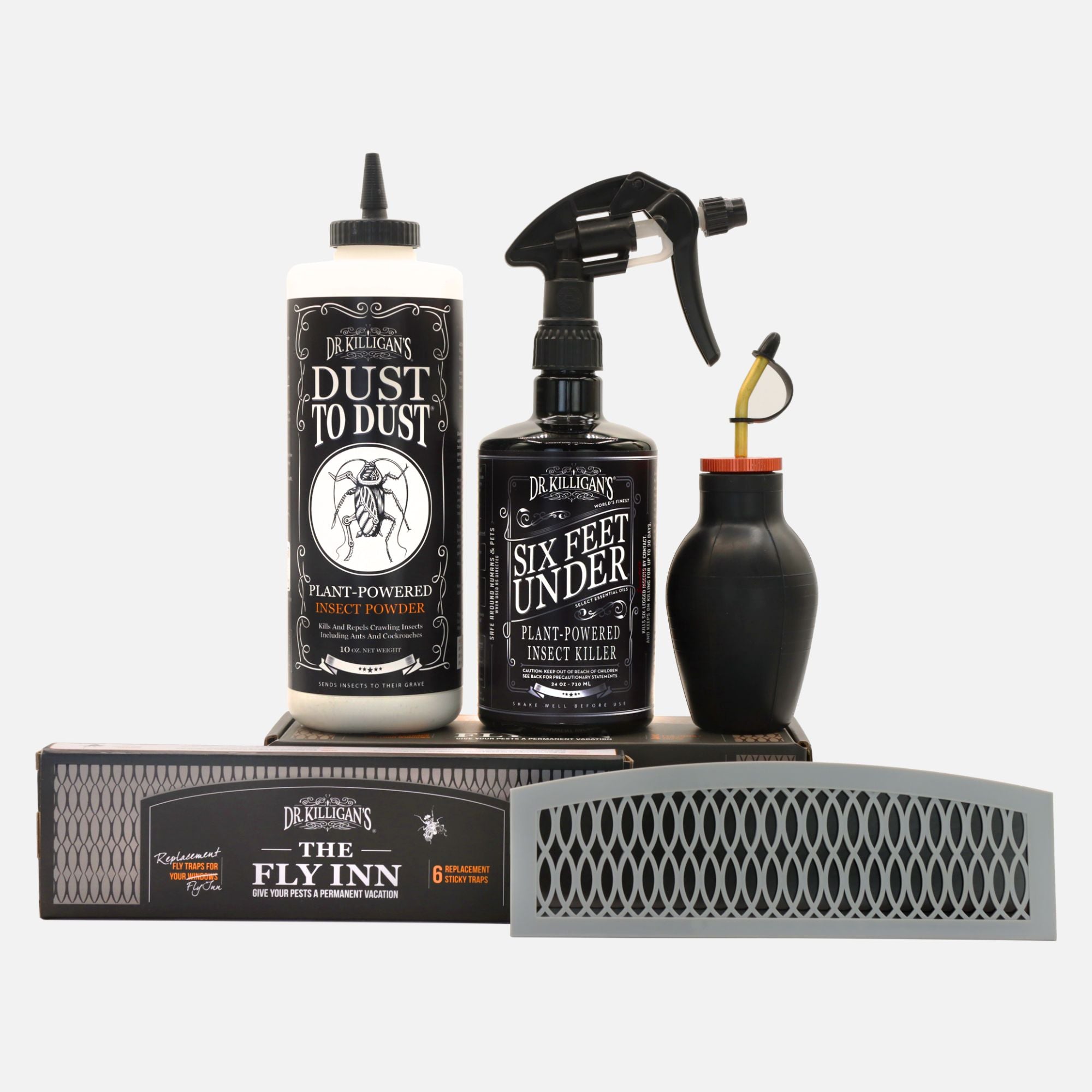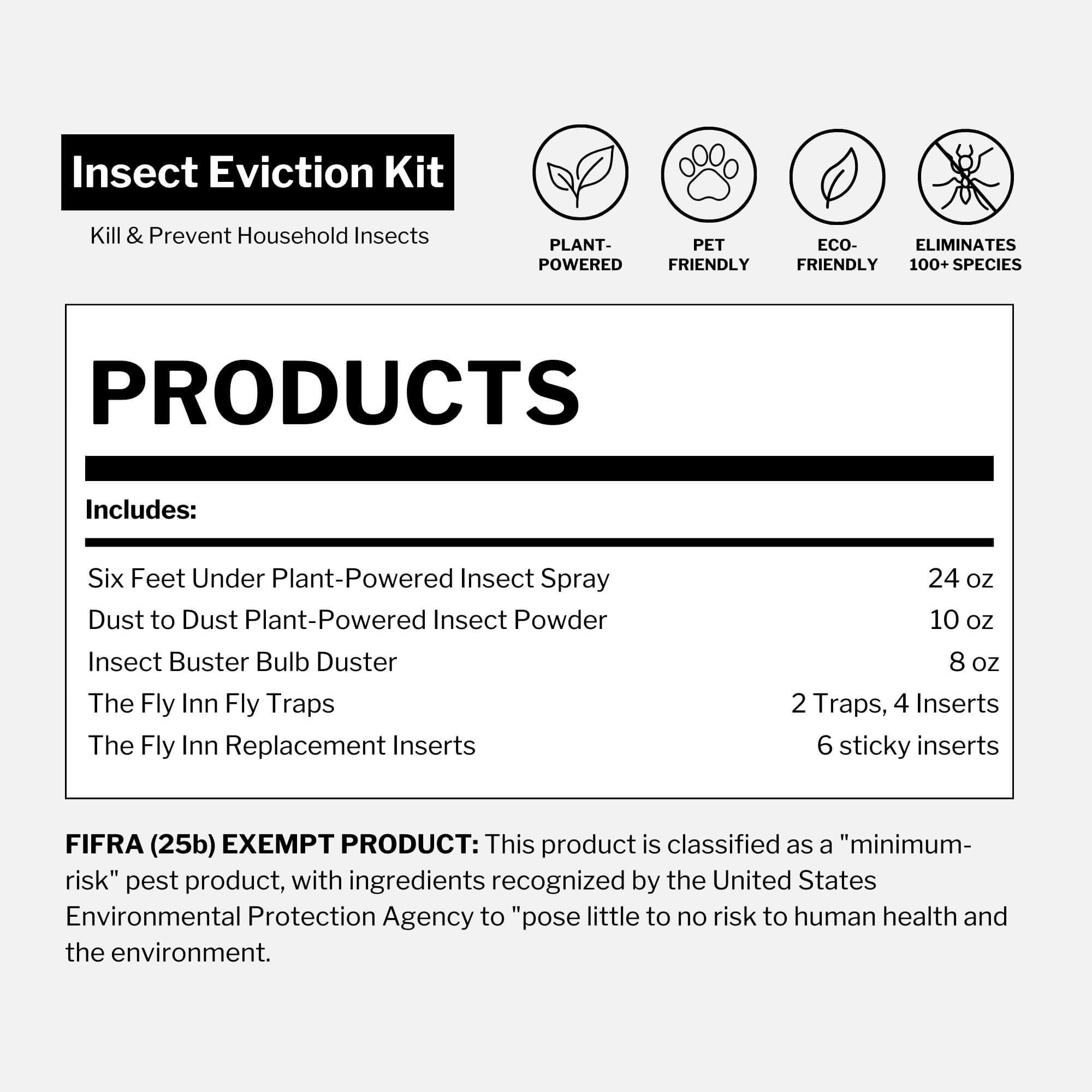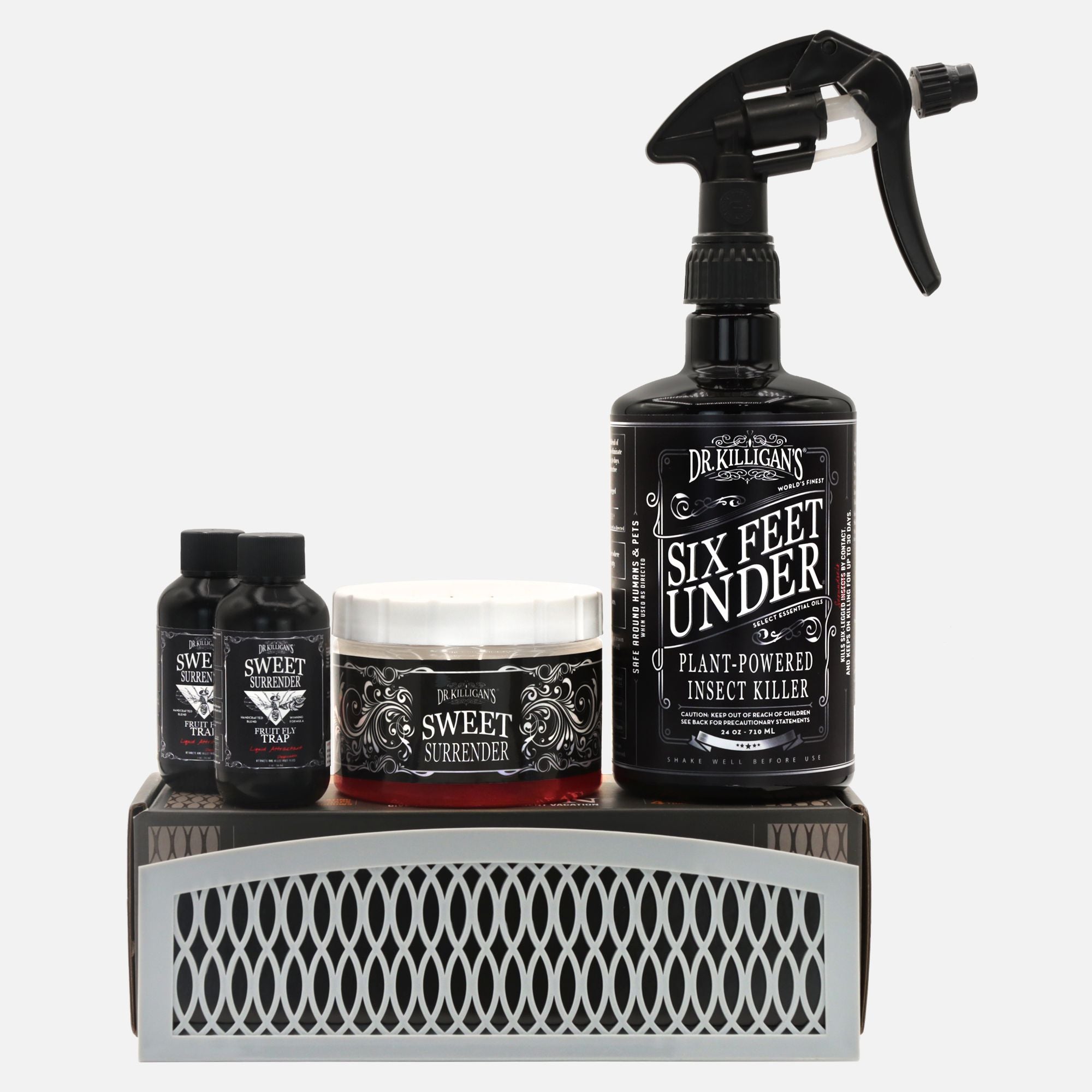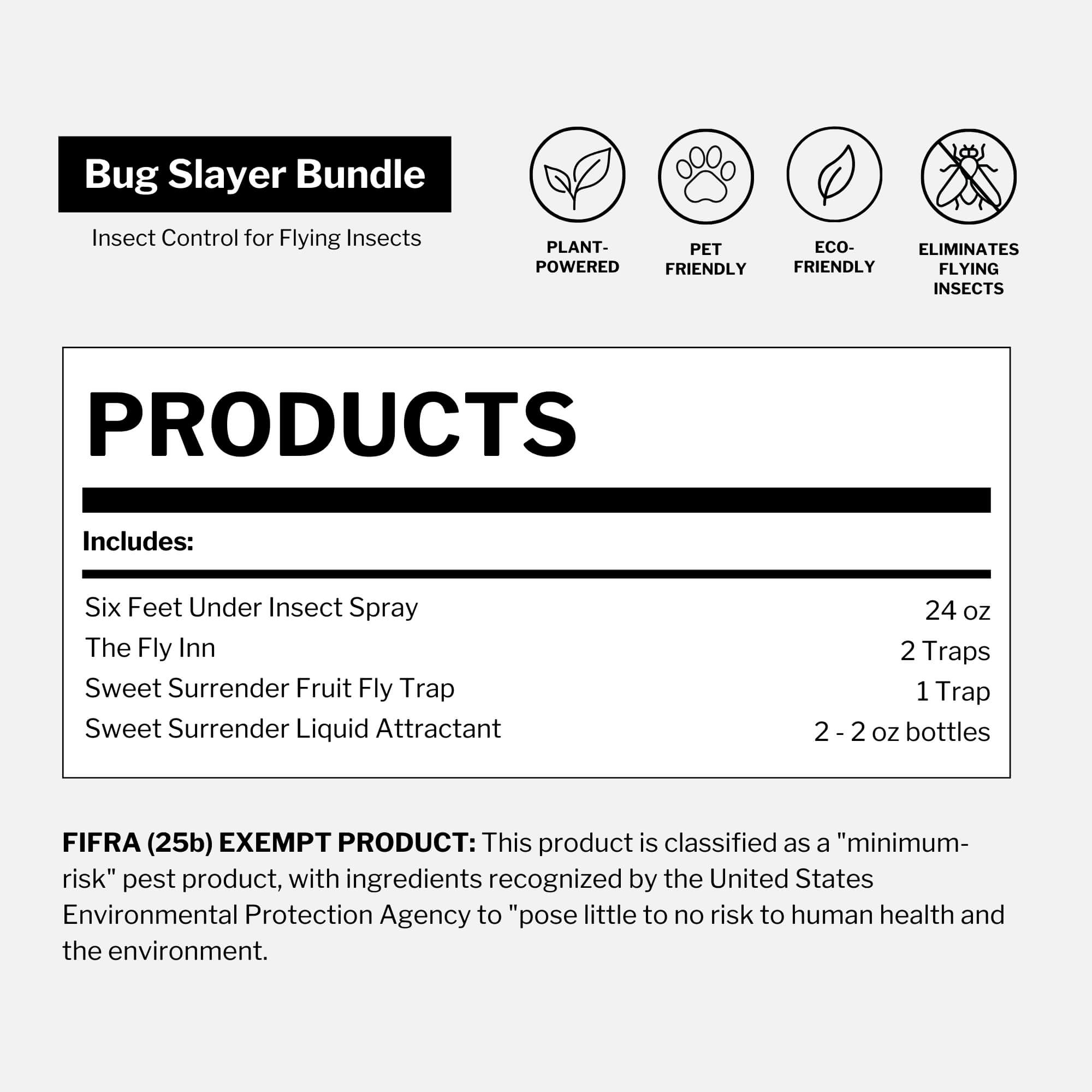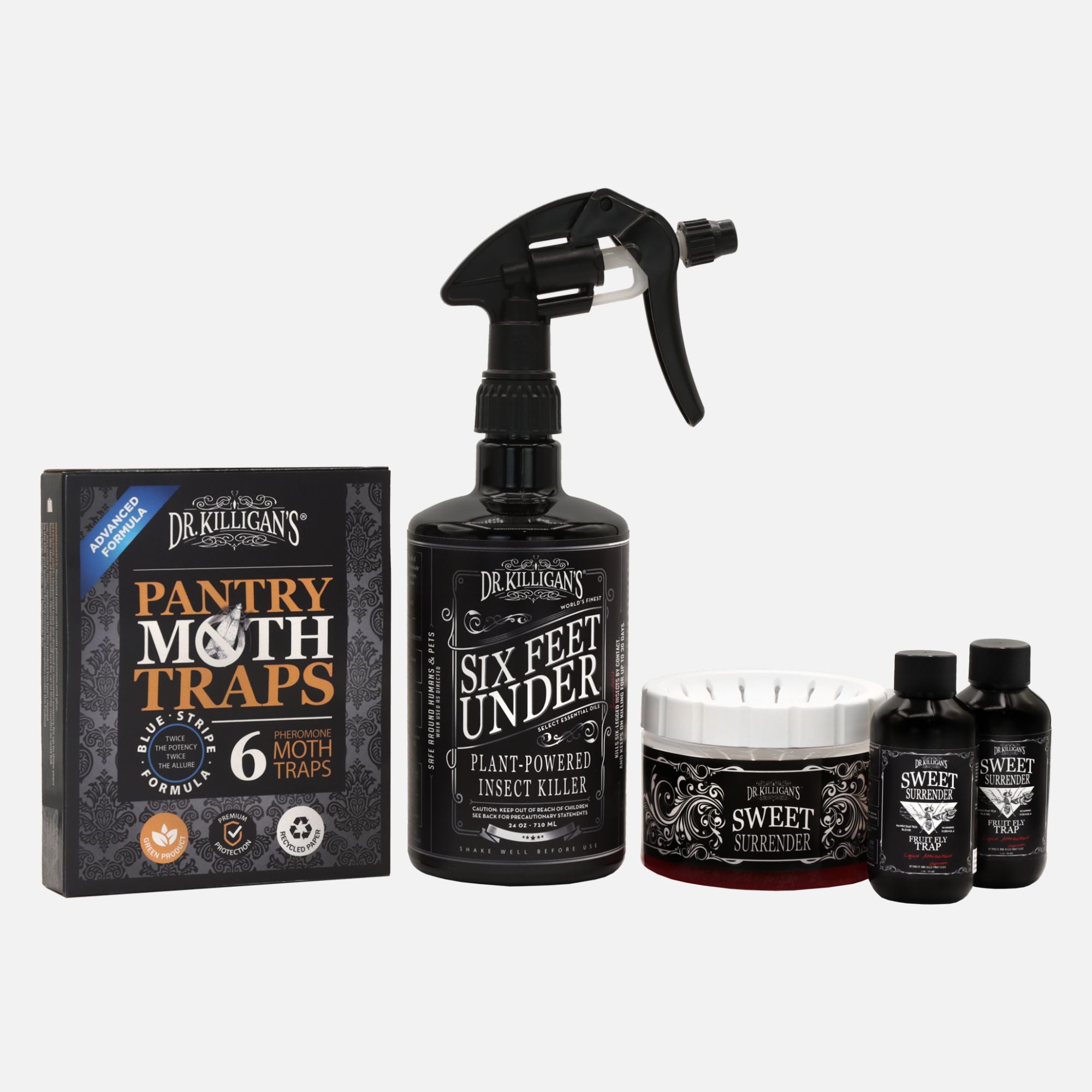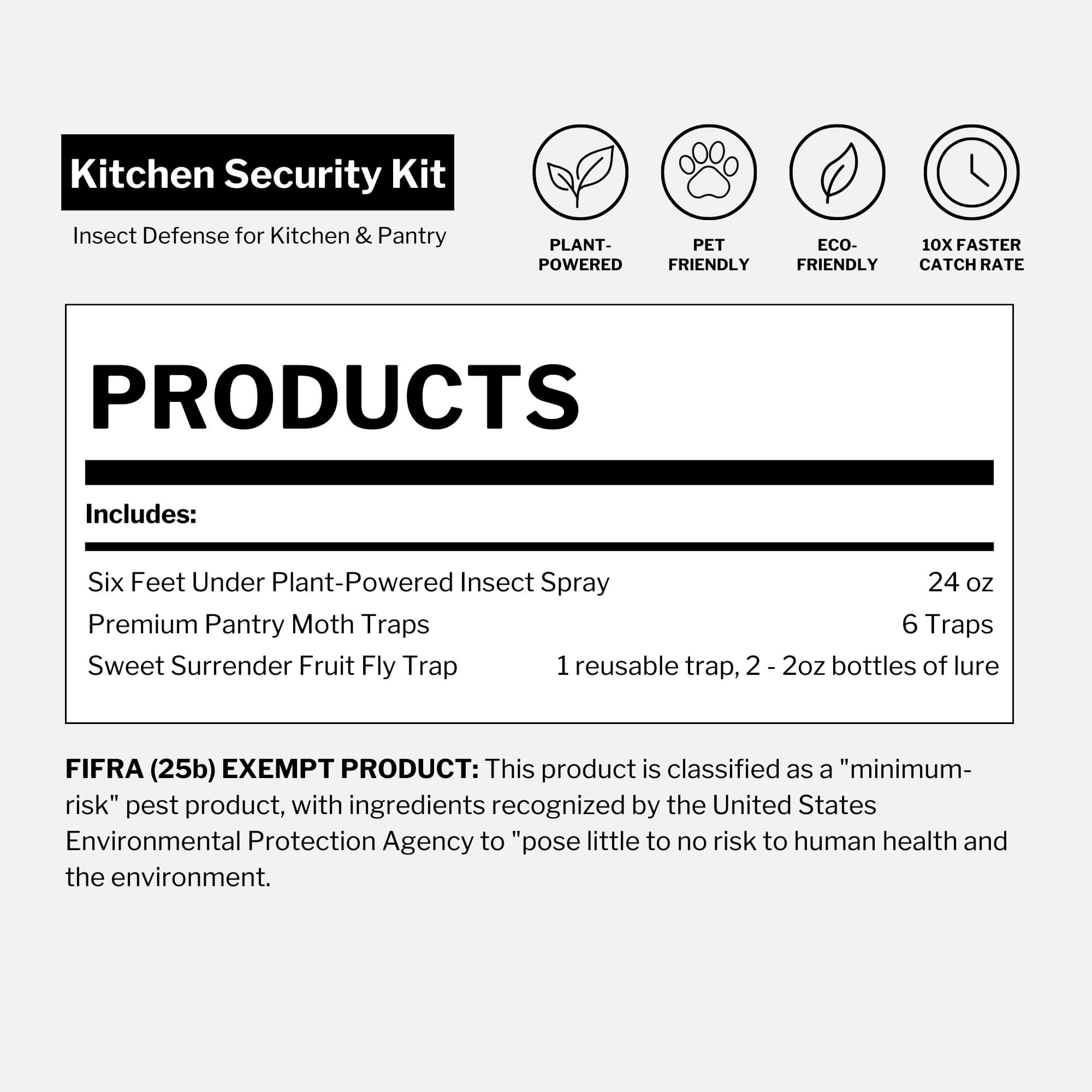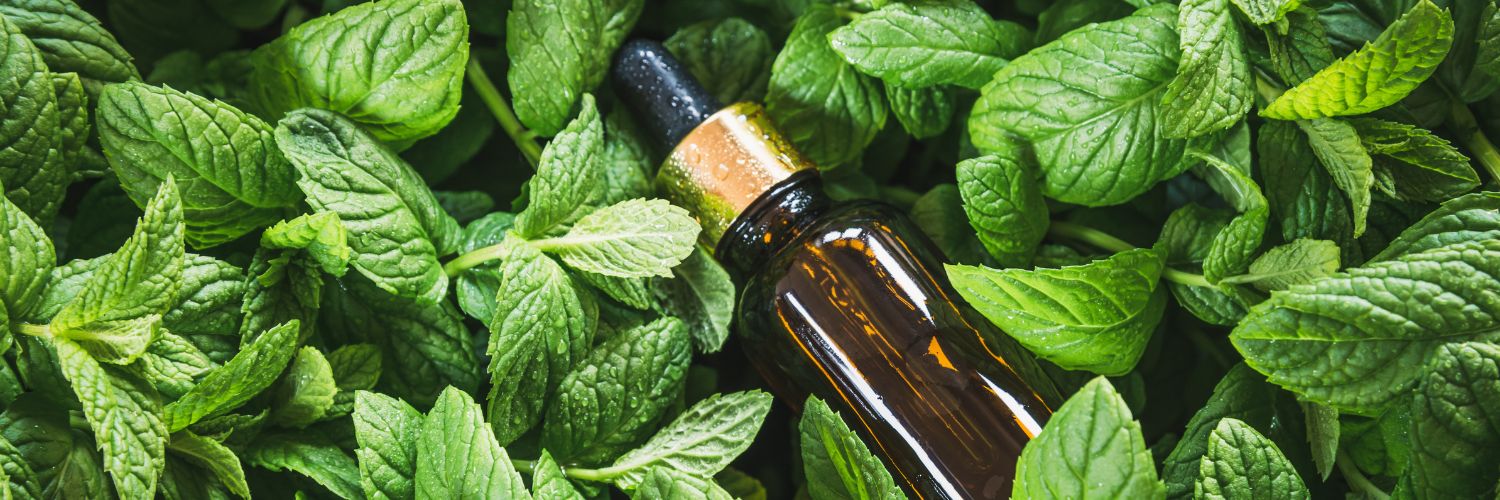Updated on July 21st, 2025
Knowing how to get rid of aphids on indoor plants is essential—these pests are more than a nuisance. They’re among the most destructive threats your houseplants can face.
They may be tiny, but they’re quick to multiply, stubborn to remove and capable of draining the life (literally) from your favorite greenery. Whether you’re seeing clusters of them under leaves, signs of sticky honeydew or just wondering why your once-healthy plant is now a wilted mess—this guide will help you get rid of aphids on indoor plants for good.
How to spot aphids on indoor plants

Aphids are small, pear-shaped insects, typically less than ⅛ of an inch long—about the width of a quarter turned on its side. They vary in color (green, white, pink, gray, black) and often gather in clusters on new growth, leaf undersides, stems or even roots. If you spot tiny bugs in groups on your houseplants, aphids are a likely culprit.
They have long, needle-like mouthparts for sucking sap from plants and are known for their ability to multiply—and fast. When the population becomes crowded, female aphids can produce winged offspring that fly off to colonize new, healthier plants.
Tip: To identify aphids, look for a pair of small tube-like structures—called cornicles—sticking out from the rear of their abdomen. All aphids have them; no other common houseplant pest does.
Why it’s crucial to get rid of aphids on indoor plants—fast
Aphids on indoor plants may look harmless, but their impact can be swift and devastating. Here are four key ways aphids can wreak havoc on your houseplants:
Sap-sucking leads to nutrient loss
Aphids use their long mouthparts to pierce plant tissue and feed on sap, depriving plants of essential nutrients. Over time, this can cause stunted growth, yellowing leaves, curling foliage and reduced new growth. Severe infestations may lead to plant death.

Rapid transmission of plant viruses
As aphids feed, they can transmit dozens of plant viruses—some of which have no cure. Just seconds of feeding is enough to infect a vulnerable plant. While healthy houseplants may resist some diseases, those weakened by stress or improper care are more likely to succumb. This can lead to stunted growth, deformed leaves and, in severe cases, a dying plant.
Sticky honeydew and sooty mold growth
As they feed, aphids secrete a sugary substance called honeydew. This residue coats leaves, stems and even furniture beneath the plant, attracting other unwanted pests like ants and wasps. Worse, honeydew fuels the growth of sooty mold—a black, powdery fungus that blocks light and inhibits photosynthesis. While not directly harmful, this mold can weaken a plant and ruin its appearance. In extreme cases, the damage may be irreversible.
Salivary toxins distort new growth
Aphid saliva contains plant-altering toxins that cause leaf distortion, yellowing and wilting—symptoms that are easily confused for nutrient deficiencies or drought stress. That’s why catching and eliminating aphids early is essential to saving your indoor plants.
How do I get rid of aphids on indoor plants?
Aphids reproduce at an alarming rate. According to entomologists at Colorado State University, female aphids can even give birth to live nymphs that are already pregnant—a shocking strategy that fuels infestations almost overnight.

To get rid of aphids on indoor plants naturally, I recommend a two-part solution: Dr. Killigan’s Insect Buster and Dust to Dust Non-Toxic Insect Powder.
A professional-grade powder duster designed to apply fine powders—like Dust to Dust—with precision. It includes a funnel for mess-free filling and a steel ball inside to prevent clumping, so your application is smooth and consistent every time.
Dust to Dust is plant-powered and more effective than traditional diatomaceous earth—killing aphids up to 50% faster. When used as directed, it’s safe around children and pets and doesn’t rely on toxic chemicals.
Here’s how to use them
- Lightly dust the soil around your plants.
- Apply powder directly to the plants—especially on the undersides of leaves, where aphids love to hide.
- Use the Insect Buster to reach tricky spots. Angled puffing will help you coat the plant thoroughly.
Pro tip: Healthy plants are your first defense. Keep them strong with proper sunlight, watering and nutrition—aphids are more likely to attack stressed or weakened plants.
Say goodbye to aphids—naturally and for good
Getting rid of aphids on indoor plants doesn’t have to mean reaching for toxic sprays. With the right approach—and the right tools—you can stop infestations fast, protect your houseplants and restore peace to your indoor jungle. Go plant-powered, stay persistent and your plants will thank you.




